The Rabbit R1: Hopping into the Future of AI Gadgets
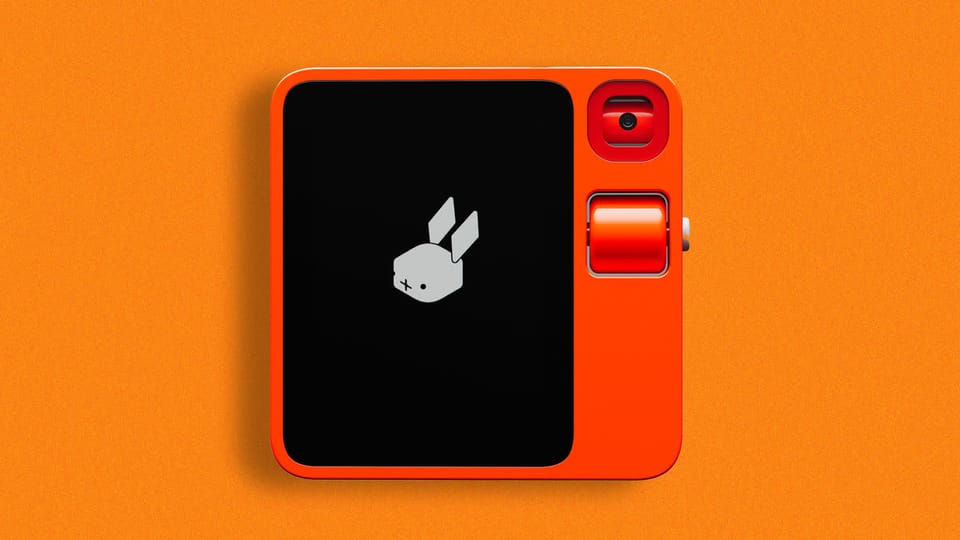
A new contender has emerged in the world of artificial intelligence: the Rabbit R1. This compact, orange device is making waves in the tech community with its unique blend of AI-powered functionality, classic design elements, and affordable price point. As consumers increasingly seek ways to simplify their lives and reduce screen time, the Rabbit R1 offers a glimpse into the future of AI gadgets.
Design and Build Quality: A Nod to Classic Mobile Devices
The Rabbit R1's design is a testament to the adage that sometimes, less is more. Its compact form factor and sturdy build quality ensure that it can withstand the rigors of daily use, making it an ideal companion for those on the go. The device features a 2.88-inch touchscreen display, providing users with a clear and intuitive interface for navigating its various functions.
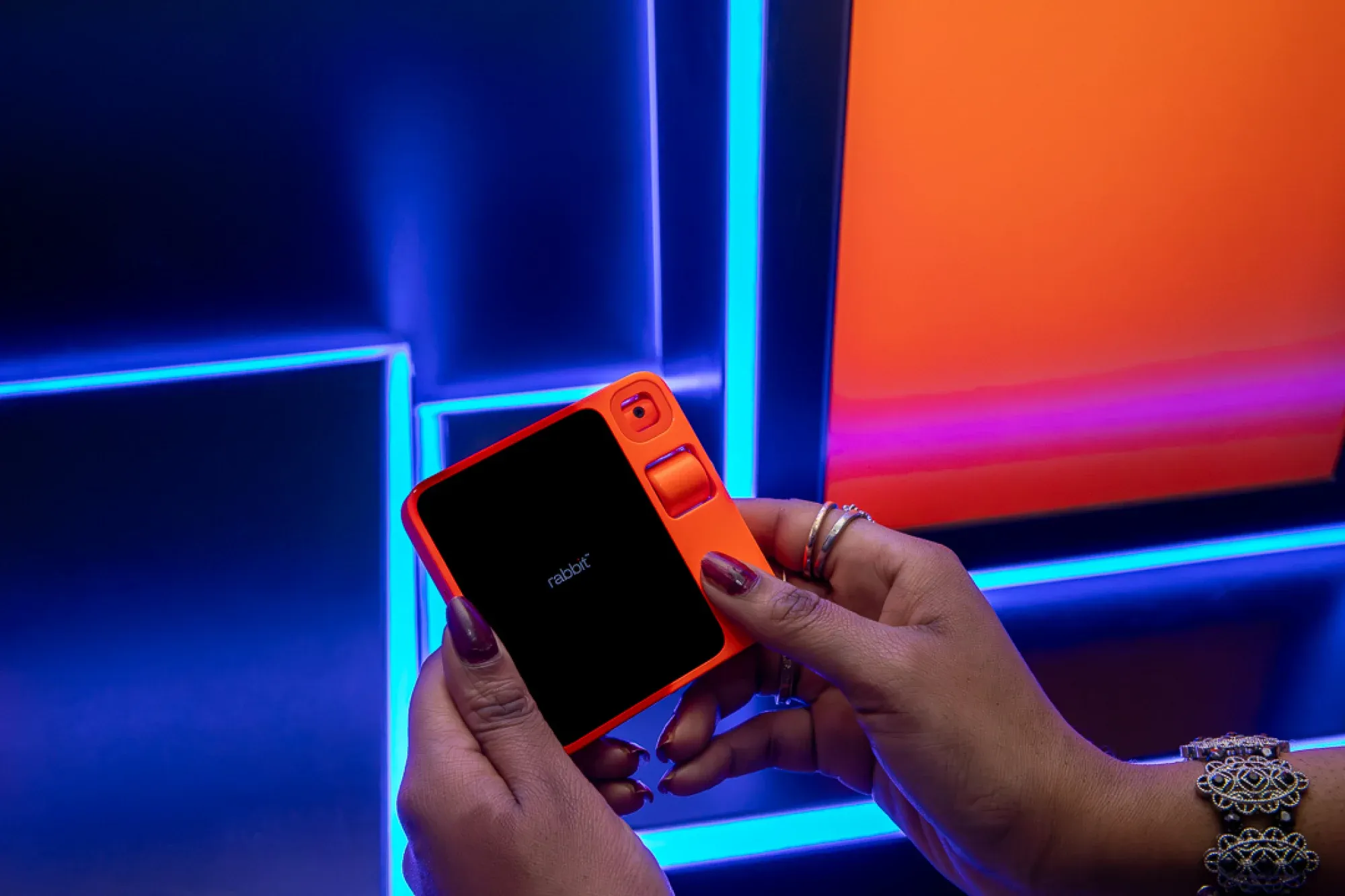
One of the most striking design elements of the Rabbit R1 is its tactile scroll wheel, which immediately brings to mind the iconic Blackberry devices of the past. This deliberate nod to classic mobile device design is not only nostalgic but also functional, allowing users to easily navigate through menus and options without the need for excessive screen tapping.
The device also features a USB-C port for charging and data transfer, a SIM slot for cellular connectivity, and a rotating camera known as the "rabbit eye." This innovative camera design enables the device to capture images and videos from various angles, expanding its potential applications in areas such as object recognition and visual search.
Functionality and Performance: A Work in Progress
At its core, the Rabbit R1 is designed to perform a wide range of tasks through voice commands and its built-in camera. Users can ask the device to search for information, play music, order food, and even identify objects in their surroundings. However, it is important to note that the device is still in the early stages of development, and some features may not function as seamlessly as advertised.
Early reviews have highlighted some performance issues, such as less responsive touchscreens and keyboards, as well as problems with volume control during music playback. These limitations suggest that the Rabbit R1 is still a work in progress, with room for improvement through future software updates and refinements.
Despite these initial drawbacks, the device's potential is evident. As the technology matures and the software is optimized, the Rabbit R1 could become a powerful tool for simplifying daily tasks and reducing reliance on smartphones.
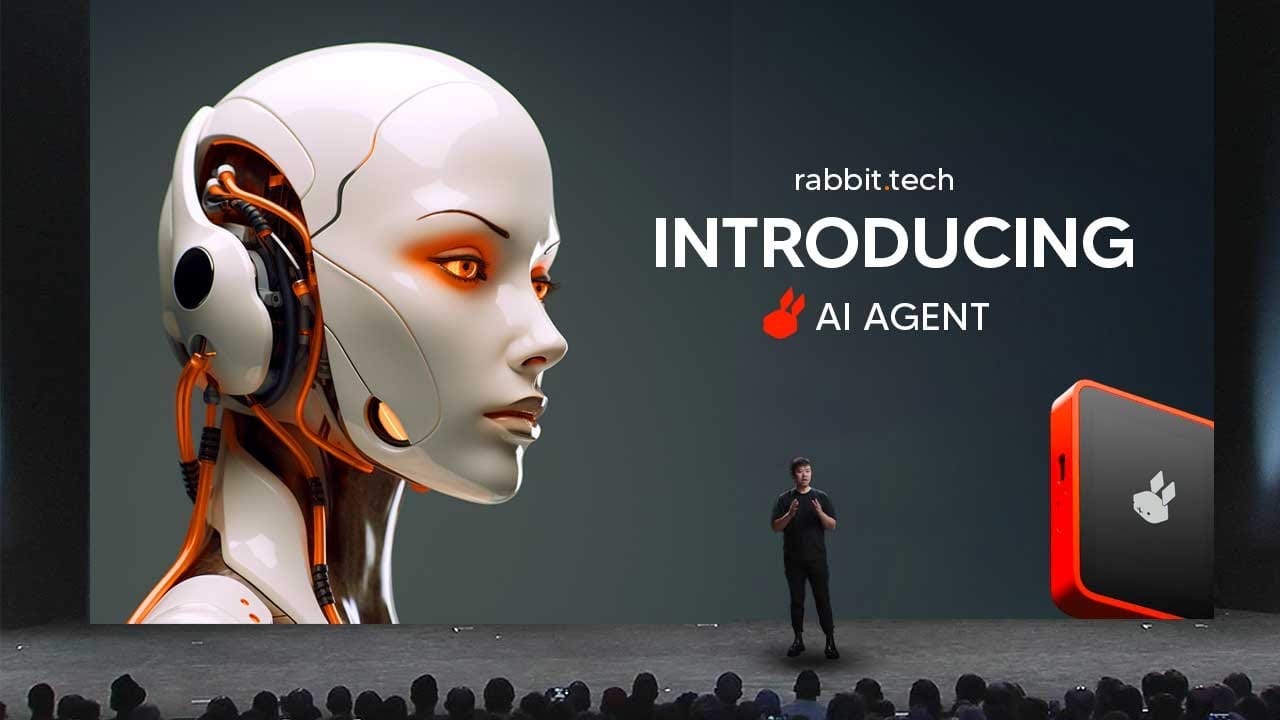
AI and Learning Capabilities: The Power of the Large Action Model
What sets the Rabbit R1 apart from other AI assistants is its ability to learn from user interactions. The device employs a Large Action Model (LAM) trained on web interaction habits, allowing it to perform tasks without requiring direct user input for each step. This innovative approach to AI learning enables the Rabbit R1 to adapt to individual user preferences and streamline complex tasks.
For example, the LAM can learn to remove watermarks from images or order products and services through apps like DoorDash and Uber. While there have been reports of errors in execution, these issues are likely to be addressed as the model continues to learn and improve over time.
The potential applications of this learning capability are vast, ranging from automating repetitive tasks to providing personalized recommendations based on user behavior. As the LAM becomes more sophisticated, the Rabbit R1 could become an indispensable tool for managing daily life and enhancing productivity.
Comparison to Other AI Assistants: A Unique Approach
In the crowded field of AI assistants, the Rabbit R1 stands out for its unique approach to task management. Unlike Alexa or Google Assistant, which rely on a network of apps and APIs to perform tasks, the Rabbit R1 handles tasks directly through learned user interactions.
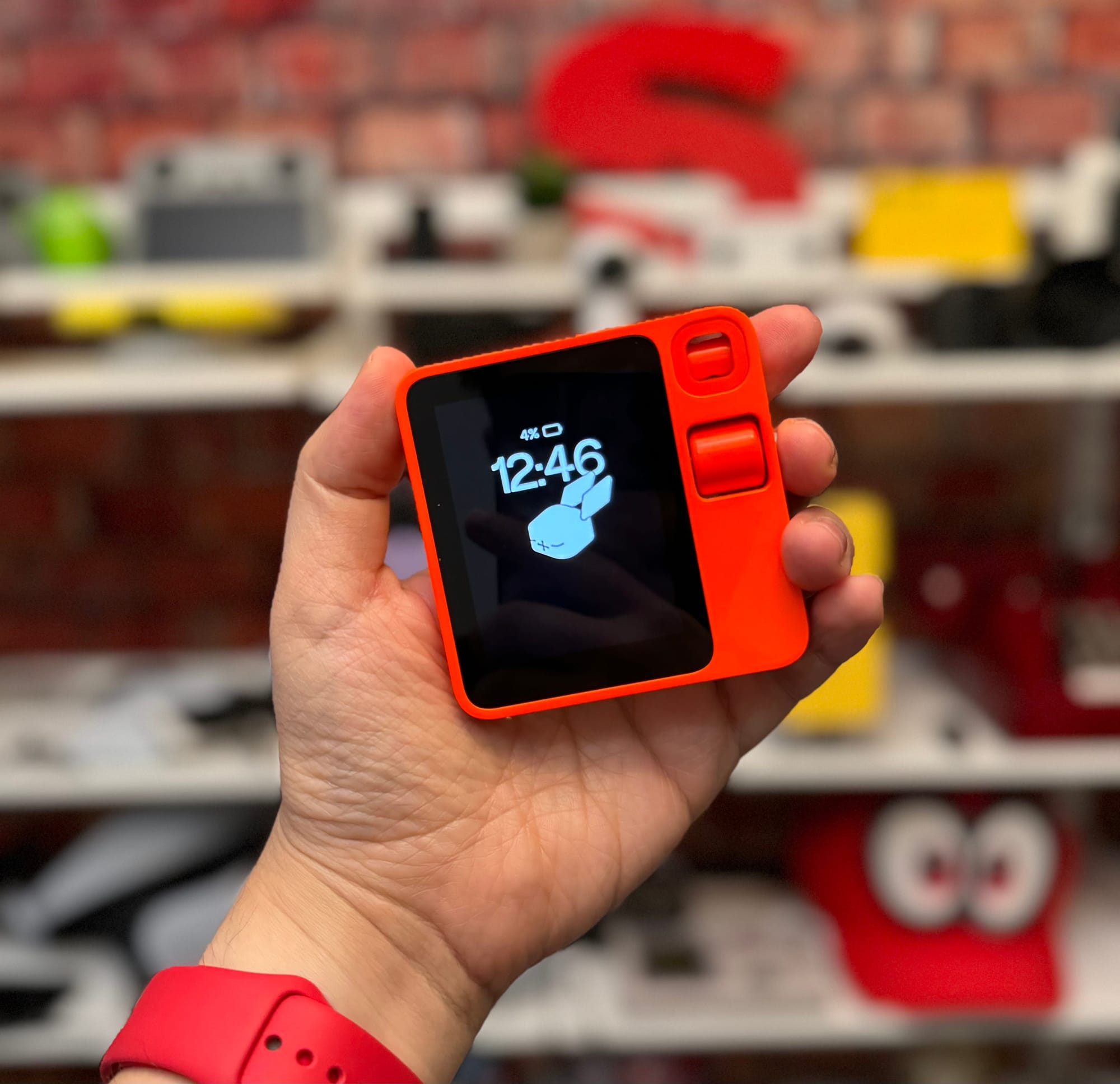
This approach has several advantages. First, it reduces the need for users to navigate multiple apps and interfaces to accomplish a single task. Second, it allows for greater personalization, as the device learns and adapts to individual user preferences over time. Finally, it has the potential to simplify complex tasks by automating multiple steps based on learned behavior.
However, this approach also has its limitations. The Rabbit R1 may not have access to the same breadth of information and services as other AI assistants, which could limit its functionality in certain areas. Additionally, the reliance on learned behavior may result in errors or inconsistencies if the device is used by multiple people with different interaction habits.
Market Position and Pricing: An Affordable Entry Point into AI
One of the most compelling aspects of the Rabbit R1 is its price point. At just $199, it is significantly more affordable than many other AI gadgets on the market. This makes it an attractive option for tech enthusiasts and early adopters who are interested in exploring the potential of AI technology without breaking the bank.
The device's lack of subscription fees is another point in its favor, as it allows users to enjoy its features without the ongoing costs associated with some other AI assistants. This could make the Rabbit R1 particularly appealing to those on a budget or who are hesitant to commit to a long-term subscription.
However, it is worth noting that the Rabbit R1's affordability may come at the cost of certain features or capabilities. As a relatively new entrant in the market, it may not have the same level of polish or functionality as more established AI assistants. Additionally, its long-term viability will depend on the company's ability to continue developing and improving the device over time.

Early Adopter Recommendations: Patience and Perspective
For those considering purchasing the Rabbit R1, it is important to approach the device with realistic expectations. As an early-stage product, it is likely to have some limitations and quirks that may not be immediately apparent from marketing materials or initial reviews.
Early adopters should be prepared for the possibility of software bugs, inconsistent performance, and limited functionality in certain areas. They should also be willing to provide feedback and engage with the company to help improve the device over time.
That being said, the Rabbit R1 offers a unique and exciting glimpse into the future of AI gadgets. Its innovative approach to task management, combined with its affordability and lack of subscription fees, make it an intriguing option for those who are willing to take a chance on a new technology.
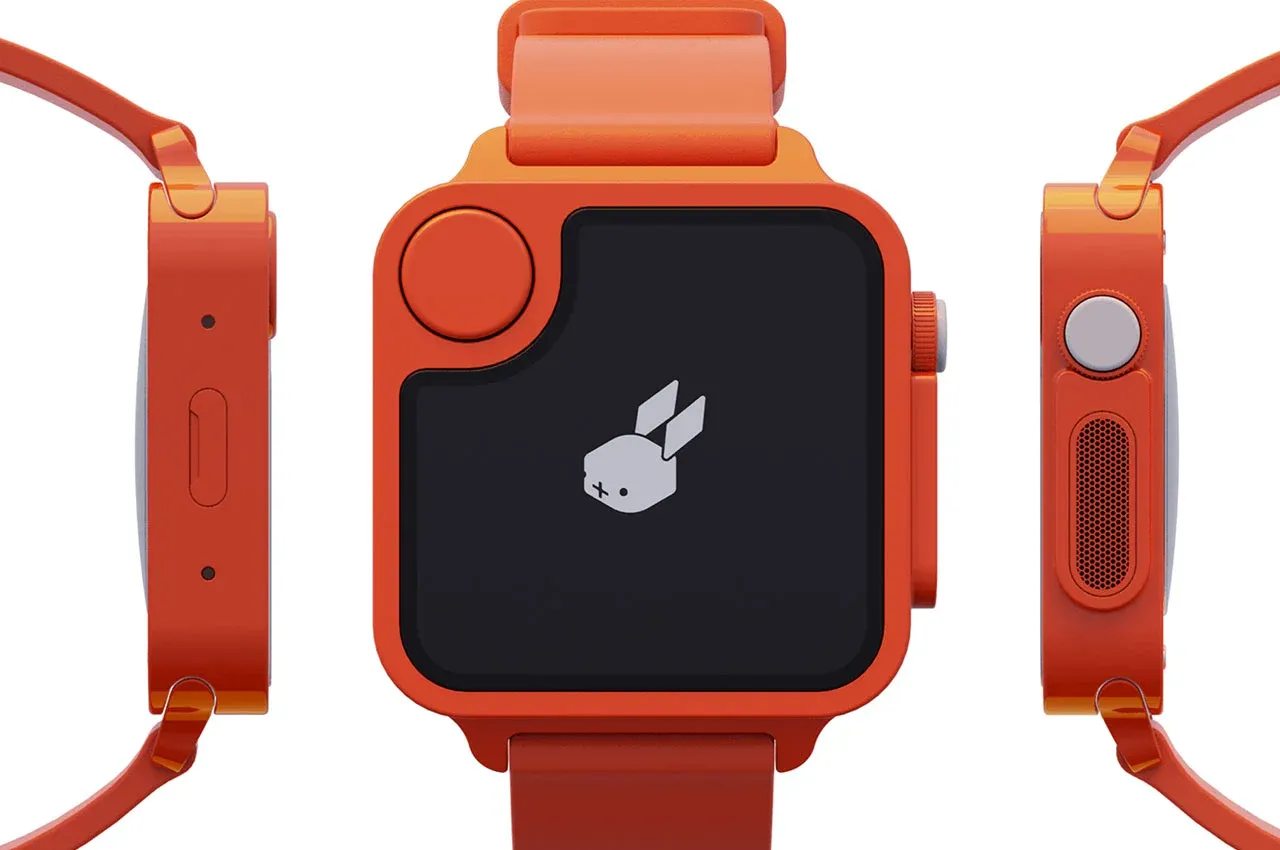
Conclusion: A Promising Glimpse into the Future
The Rabbit R1 is a fascinating addition to the world of AI gadgets, offering a unique blend of functionality, affordability, and potential. While it may not be the most polished or feature-rich device on the market, it represents an important step forward in the evolution of AI technology.
As the device continues to learn and improve over time, it could become an increasingly valuable tool for simplifying daily tasks and reducing reliance on smartphones. Its unique approach to task management and personalization could set a new standard for AI assistants, paving the way for a future in which technology seamlessly integrates with our daily lives.
For early adopters and tech enthusiasts, the Rabbit R1 offers an exciting opportunity to be part of this journey. By providing feedback, engaging with the company, and exploring the device's potential, they can help shape the future of AI gadgets and contribute to the development of a more intuitive, personalized, and efficient technology landscape.





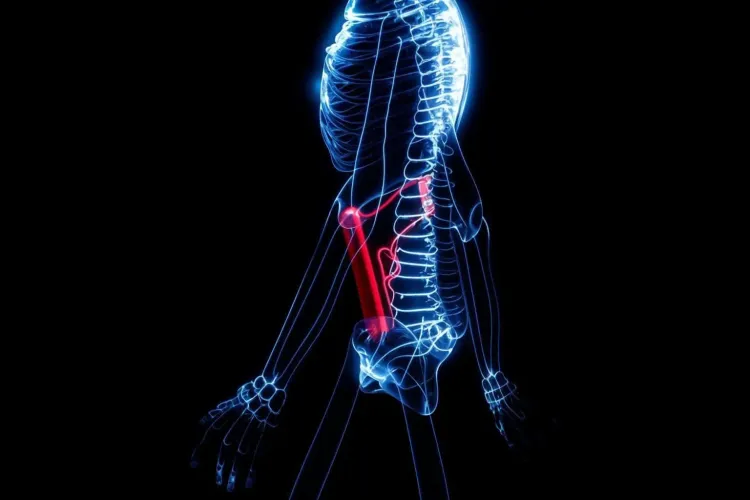





Member discussion